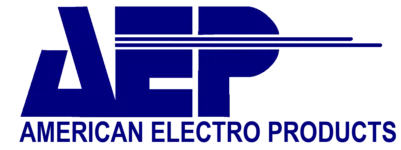Barrel plating is the most economical means to electroplate manufactured parts to specific requirements, including corrosion resistance and electrical properties.
The barrel electroplating method had its origins post-Civil War. The earliest electroplating units were made of wood which was the most highly available non-conductive material. Wood, however, posed problems with rapid deterioration and solution absorption.
After World War II plastic became available and made barrel plating much easier and far more efficient.
AEP utilizes rotary barrels with straight bars or danglers for anodes, depending on the geometry of the parts being plated. We have various size units that can be used based on part volume. The majority of parts coming to AEP are plated in this manner.

Barrel Plating Finishes:
- Copper (Cu)
- Electroless Nickel (Ni-P)
- Gold (Au)
- Nickel (Ni)
- Palladium (Pd)
- Palladium-Nickel (Pd-Ni)
- Rhodium (Rh)
- Silver (Ag)
- Tin (Sn)
- Tin Lead (Sn-Pb)
- Tri-Metal / White Bronze (Cu-Sn-Zn)
Components We Barrel Plate Include:
Connectors
Pins
Sensors
Stamped Terminals
Terminals
Switches
And more...
Specifications
These plating services may be provided to any of the following specifications:
AMS
- AMS 2403
- AMS 2404
- AMS 2410
- AMS 2418
- AMS 2422
- AMS 2424
- AMS-C-26074
- AMS-P-81728
- AMS-QQ-N-290
- AMS-QQ-N-290B
- AMS-QQ-S-365
ASTM
- ASTM B200
- ASTM B488
- ASTM B545
- ASTM B579
- ASTM B634
- ASTM B679
- ASTM B689
- ASTM B700
- ASTM B733
- ASTM B734
- ASTM B867
MIL
- Mil-C-14550
- Mil-C-26074
- Mil-DTL-45204
- Mil-P-27418
- Mil-P-45209
- Mil-P-81728
- Mil-R-46085
- Mil-T-10727


Advantages of Barrel Plating:
- Great for high volume runs where complete coverage is required
- Flexible, works for a wide variety of finishes, shapes and sizes
- Economical

